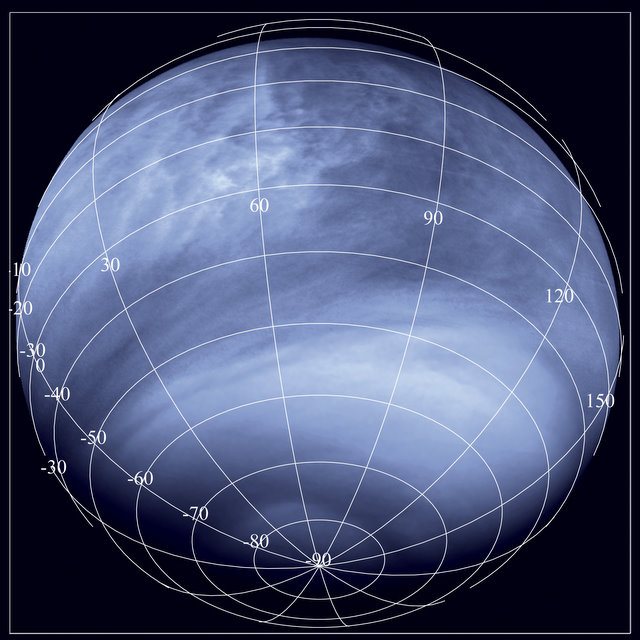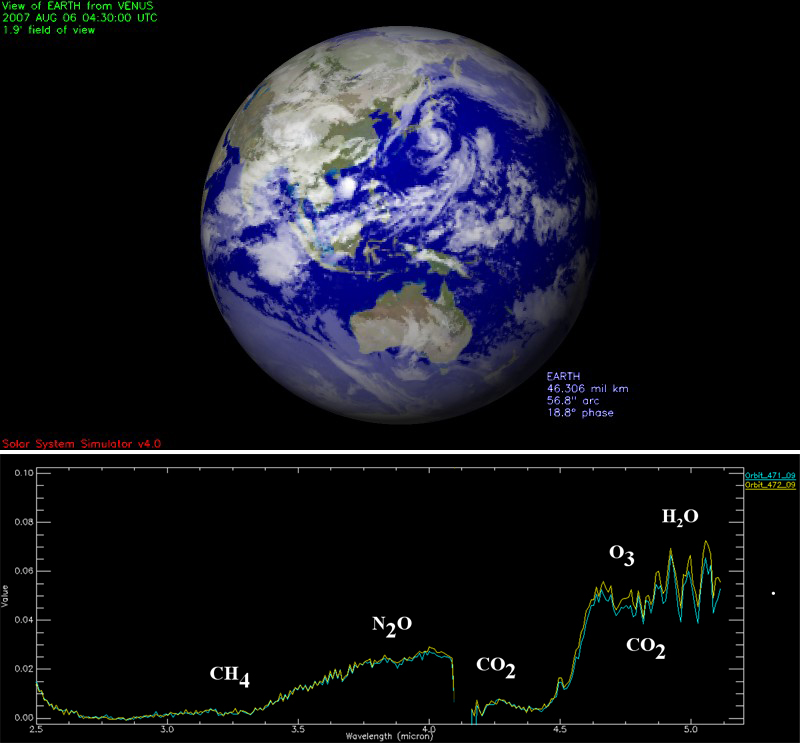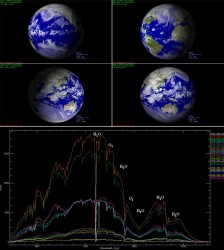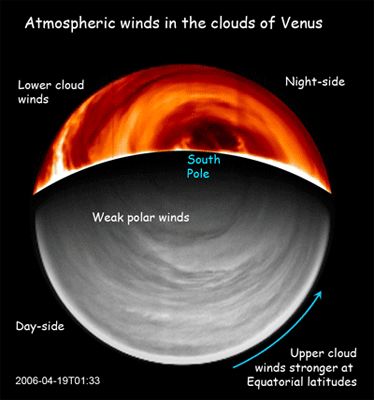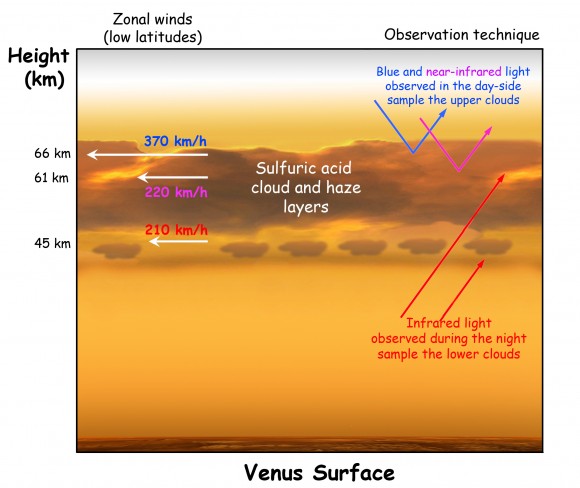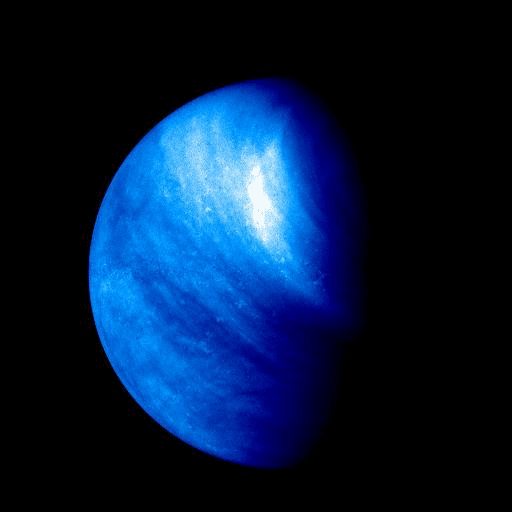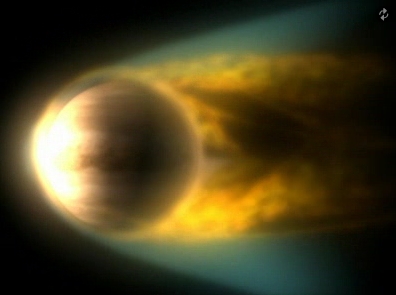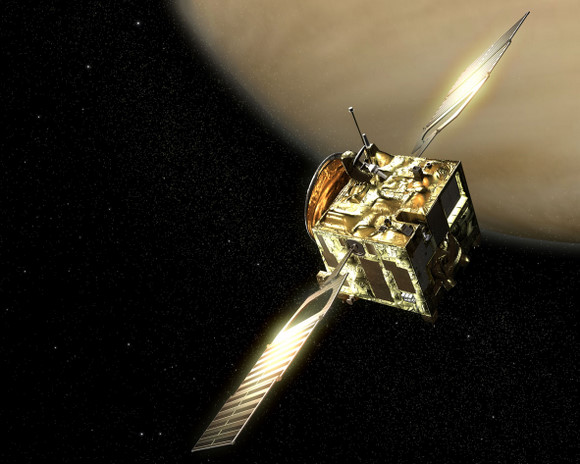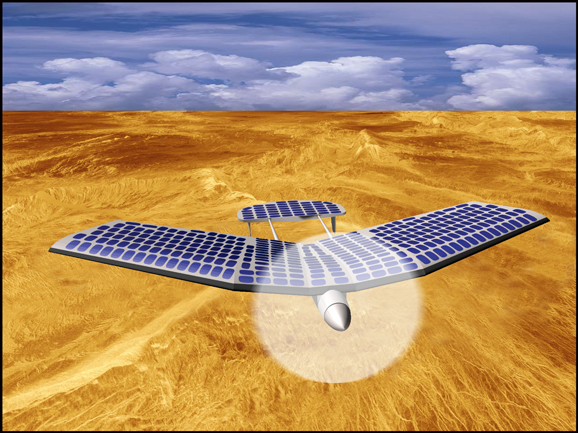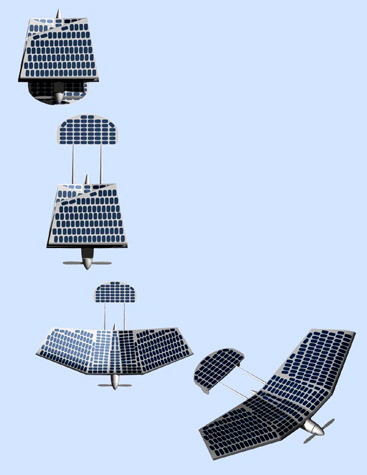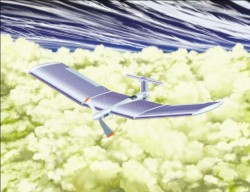[/caption]
New images taken by instruments on board ESA’s Venus Express are providing insight into the turbulent atmosphere of our neighboring planet. When viewed in beyond visible light, the ultraviolet reveals the structure of the clouds and the dynamic conditions in the atmosphere of Venus, where the infrared provides information on the temperature and altitude of the cloud tops. Most intriguing are the puzzling dark and bright zones seen on Venus in ultraviolet.
Scientists have seen equatorial areas on Venus that appear dark in ultraviolet light, and have been mystified by them. The new views with Venus Express show the cause of these different colored areas is the uneven distribution of a mysterious chemical in the atmosphere that absorbs ultraviolet light, creating the bright and dark zones. While the scientists haven’t been able to identify the chemical, they have figured out the process that causes the changes in cloud types across Venus.
Professor Fred Taylor, one of the Venus Express scientists, from Oxford University said, “The features seen on Venus in ultraviolet light have been a puzzle to astronomers for nearly a century. These new images have revealed the structure in the clouds that produces them and shows how they result from complex meteorological behaviour. We can now study in much greater detail and try to understand the origin of features such as the large hurricane-like vortex over the north and south poles. Like many things on Venus, including global warming, this feature has similarities to atmospheric and environmental process on Earth, but the Venus version is much more extreme.”
With data from Venus Express, scientists have learned that the equatorial areas on Venus that appear dark in ultraviolet light are regions of relatively high temperature, where intense convection brings up dark material from below. In contrast, the bright regions at mid-latitudes are areas where the temperature in the atmosphere decreases with depth.
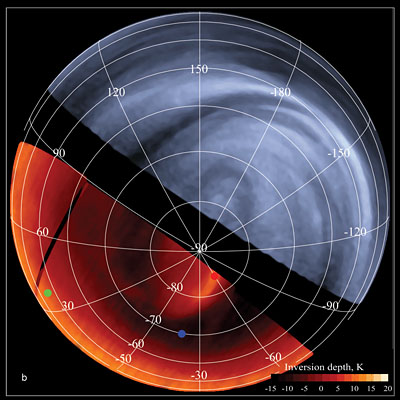
Observations in the infrared have been used to map the altitude of the cloud tops. Researchers were surprised to find the clouds in both the dark tropics and the bright mid-latitudes are located at about the same height of about 72 km.
Sources: ESA, Science & Technology Facilities Council

